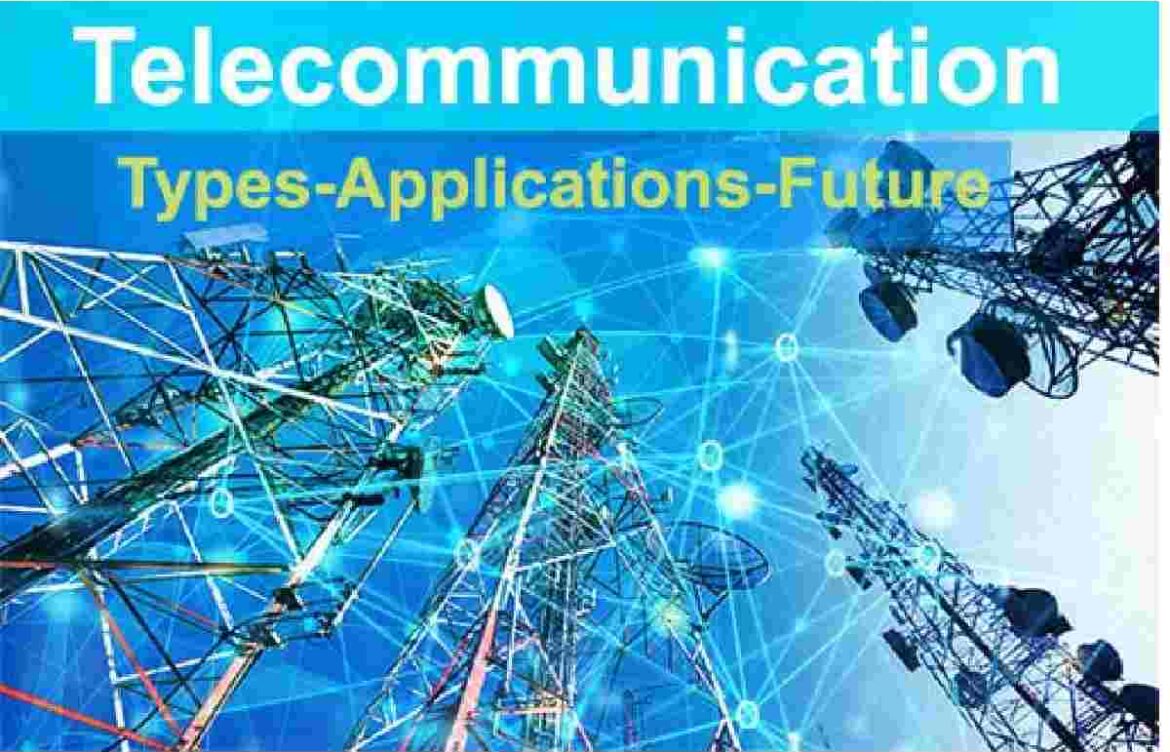
What is Telecommunication? – Importance, Types, And More
What is Telecommunication? – Telecommunication, or “telecom,” is all about sending and receiving information over long distances. Think of it as the technology that lets you call your friend, send a text, browse the internet, or watch a video online. It involves a sender (like your phone) and a receiver (like your friend’s phone) with a way to carry the message, such as cables, Wi-Fi, or even light signals.
The internet is a huge example of telecom. Other examples include phone calls, WhatsApp messages, emails, and even TV or radio broadcasts. Telecom is like the invisible bridge that connects people, whether they’re in the same town or across the world!
Why is Telecommunication Important?
Telecom is super important for everyday life, especially for businesses and schools. It helps people talk to each other, share ideas, and get work done. For example:
- Businesses: Companies use telecom to connect with customers, employees, and suppliers. Whether it’s a video call with a client or an email to a coworker, telecom makes it fast and easy.
- Work Flexibility: Thanks to mobile telecom, people can work from home, a café, or even a park! This saves time and lets people have more flexible schedules.
- Daily Life: Telecom lets you browse social media, video chat with family, or do school projects online. It’s a big part of how we stay connected and informed.
In short, telecom is like the backbone of communication, helping everyone stay in touch and get things done.
Types of Telecommunication Networks
A telecom network is a system that lets multiple devices share information. The internet is the biggest telecom network, but there are smaller ones too. Here are some examples:
- Wide Area Networks (WANs): Used by schools or companies to connect computers in different locations.
- Telephone Networks: Let you make phone calls to anyone, anywhere.
- Cellular Networks: Power your mobile data and calls through cell towers.
- Emergency Networks: Used by police or firefighters to communicate during emergencies.
- Taxi Networks: Help taxi drivers get directions and pick up passengers.
- Radio Networks: Used by radio stations or even amateur radio hobbyists.
- Broadcast Networks: Bring you TV shows and radio programs.
These networks use signals, like electrical waves or radio waves, to send information. Some use analog signals (like old-school radio), while others use digital signals (like texting or emailing).
Looking Ahead
As technology grows, wireless telecom is becoming a big deal. Soon, we might not need wires to connect our devices! Wireless tech makes life easier and faster, but it also has challenges. For example, keeping personal information safe online is a big concern. There’s also worry about how too much screen time might affect people.
Still, telecom is changing the world, making it easier to connect, learn, and share. It’s exciting to think about how it will shape the future!
This version simplifies the concepts, uses relatable examples, and keeps the tone engaging for 9th graders. Let me know if you’d like any adjustments or additional details!
